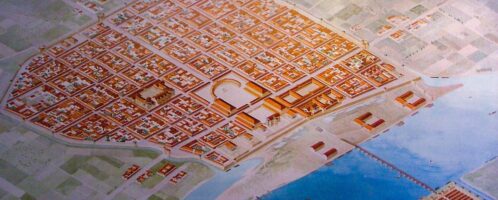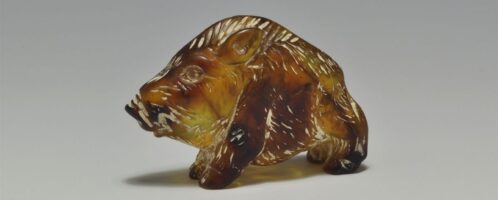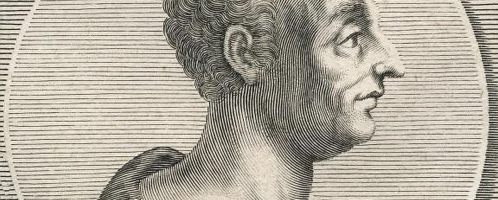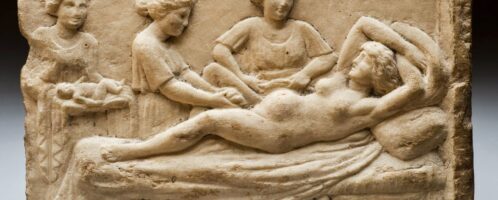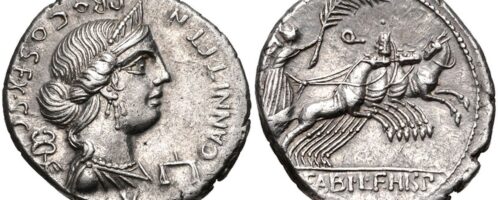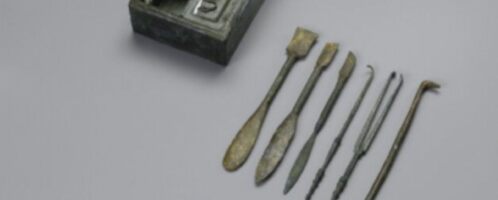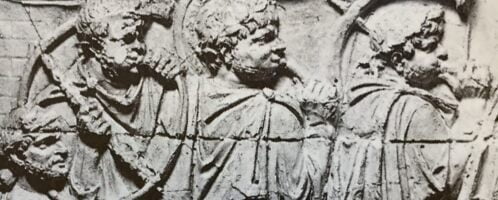Roman city plans – how did Romans mark out streets?
Romans were known for their excellent engineering sense, which was reflected not only in the construction of aqueducts and roads but also in the planning of cities and forts. In particular, the street marking system became one of the most characteristic elements of their urban planning, and its influence is visible in cities throughout the former Roman Empire.

